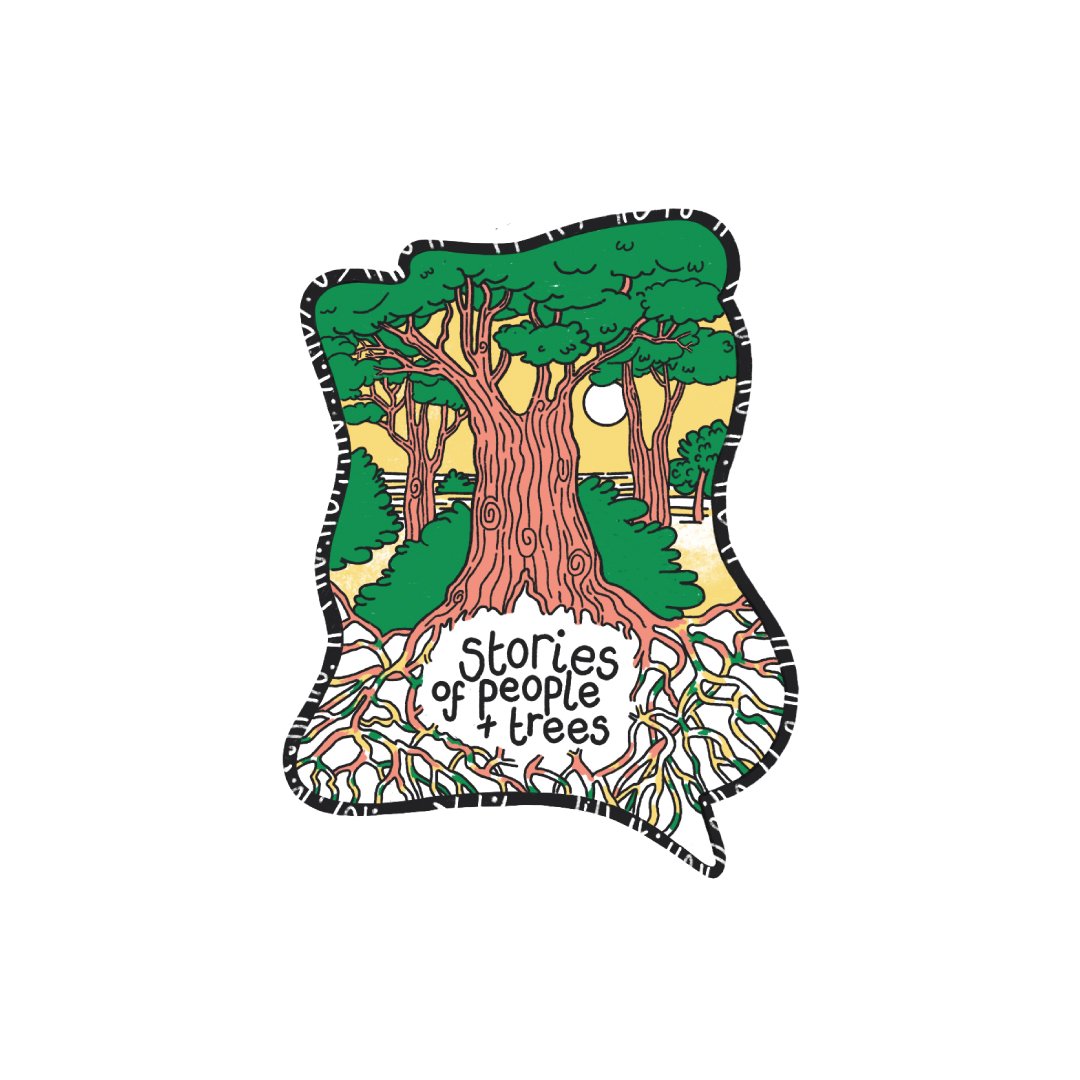Michaelswood, and the mighty Sequoia
The story below was shared with Stories of People and Trees by Ray, from Aith, Shetland. However, there are two stories in one here, and before you read about the Sequoia, I’d like to introduce you to a visionary Scottish woodland.
Although Ray writes about a person and a tree on the other side of the Atlantic, Ray himself has planted a new woodland on Shetland called Michaelswood. Including 60 different species of trees and shrubs, chosen for their resilience to the Shetland climate, this young and diverse woodland has inspired other Shetlanders to plant trees on their own plots and gardens – a real inspiration in a relatively treeless landscape. Michaelswood has grown to play an important role in the community and is a place for fun and exploration as well as for peaceful retreat, comfort and solace.
I first heard of the woodland when I came across a tune by the same name, written by Shetland fiddler Chris Stout. Both the woodland and the tune are in memory of Michael, who was Ray’s son and Chris’s early Fiddlers’ Bid bandmate.
Do visit the woodland or look it up here: michaelswood
In our correspondence Ray talked about having a particular interest in trees with connections to people. The story he has shared takes us a long way back, to the 1800s, and attributes the giant Sequoia’s name to a visionary called Sequoyah.
Ray says: The Sequoiadendron Giganteum, commonly known as the giant sequoias, grow in the Sequoia National Park in California on the slops of the Sierra Nevadas, where they have matured into adult trees towering to a height of 360 feet. As some of them have been growing for over 2,500 years, this makes them some of the largest and oldest living ‘things’ in the world today.
The trees take their name from a Cherokee man called Sequoya (properly spelt Sikwayi), who was born around 1760. Sequoya observed in the European American communications the power of having a written language, and set about building a new alphabet (or, more strictly, syllabary) capable of representing all the phonetic sounds of the Cherokee language. By around 1809 he had created an 86 character alphabet, which went on to be widely taught to Cherokee children, and used to send messages from Cherokee people in the West to the East. To this day Cherokee children are taught in school to read and write their native tongue in the Sequoyah alphabet. What better name could you give a tree of such stature than the name of a Cherokee man who had both vision and wisdom?
The National Geographic magazine has an article with some more information about Sequoyah here: Sequoyah and the Cherokee Syllabary
The picture on the stories page is not of a Sequoia in California, but of one of the Benmore Botanic Gardens Sequoias that I visited recently, outside Dunoon on the west coast of Scotland. Although only half the size of their American counterparts, they are still magnificent, and are among the oldest Sequoia in Europe.
You can read more about the Benmore Sequoias at this link: Benmore Garden
